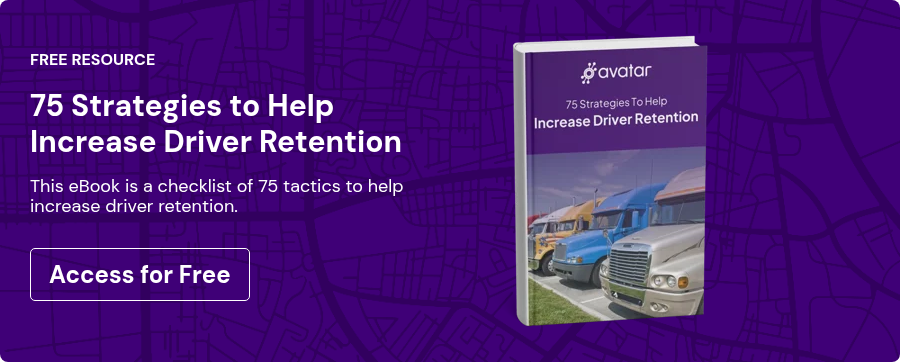Driver First, Customers Second
Transportation is a service business. Which is why it almost feels unnatural to say that customers are no longer the top priority. You need to adjust your business model so that it is driver-centric. The best customer service action you can take is to have drivers available to move freight so they don’t have wait weeks to move product. Whoever has the drivers, wins the business.
Transportation Costs on the Rise
Shippers are accepting higher rates simply because they have to if they want their product moved. The Washington Post recently dug into how the driver problem is increasing freight costs across the US economy. Transportation costs are now ten cents of every expense. Major shippers such as Amazon, Tyson Foods, General Mills, Dollar General and John Deer are just some examples of companies who have raised their prices due to “unprecedented” transportation costs. The raise in prices is because trucking companies have finally been aggressive over the last year and increased driver wages, and passing those costs on to shippers. Combine wage increases with ELD’s eliminating comic book runners and the tight capacity has swung leverage to the carriers.
Supply and Demand - It’s Still Exists
A shortage is a simple supply and demand equation to solve. Trucker wages never kept up with inflation. Trucking was never an easy job and it looks even harder in comparison to other 21st century jobs. The labor supply has decreased because trucking has done little to increase demand for the jobs it offers. This lack of investment to create desirable trucking jobs since 1980 has combined with an all time high of freight supply to create a nice storm. The “driver wage war” is a belated sprint to make up for the last 38 years of in-action and move the labor supply line back in balance with freight demand.
"The 'driver shortage' is not an unsolvable crisis, it’s Economics 101."
In May of this year, the American Trucking Associations did a study that concluded the median truckload driver salary in 2018 was $53,000 - up $7,000 from from 2013. The median private fleet driver earned $86,000 - up $11,000 from 2013. Truckload carriers pay less, have more variable pay, and provide less hometime than private fleets. Truckload carriers average 100% turnover and private fleets average 11%. Are we really still scratching our heads why it’s hard to find drivers?
A Driver-Centric Business Model
The customers you want to keep will work with you to adjust your model so that you’ll be able to provide drivers when needed. Because if you or they don’t adjust, you’ll never have enough drivers to service their needs. Those shippers who aren’t working carriers to create a driver-centric model already have freight sitting on the docks and it will only get worse. The American consumer is buying. Demand for drivers to move orders is at an all-time high, and supply of drivers can’t keep up with the shipping communities needs. The railroad companies service times are weeks longer than customers needs which puts even more freight on the highways. This is the time to take advantage of the market and solidify your driver-centric operation.
Trucking companies are throwing money at drivers but it’s not about the all mighty dollar. Getting drivers back to a livable and competitive wage is important. But it’s never been more important to have a pulse on driver needs and challenges. Communication, transparency and safety leadership. These are all just as critical to keeping a driver working at your company. People quit their bosses, not the company. Broken promises on pay, hometime, ect. are what cause a driver to leave.
"People quit their bosses, not the company. Broken promises on pay, hometime, ect. are what cause a driver to leave.
You have the leverage today to create a driver-centric job so take advantage of it while your customers will work with you. Set the new norm that drivers come first. Would you want your son or daughter to drive at your company? Don’t stop until the answer is yes. Have a support system in place to help new drivers adjust and address problems during work. Have a list of expectations set between you and each driver so that everyone always knows what to expect from the other. Provide enough money to take money off the table. Then remember that a driver-centric culture is everything.
Driver retention starts at the top and making a declaration that drivers come first in every decision we make at this company. After you make that declaration, choose three to five strategies to prove from this list of 75 ideas:
Sign up for our newsletter
Get the latest articles on all things transportation delivered straight to your inbox.
Schedule a live demo

